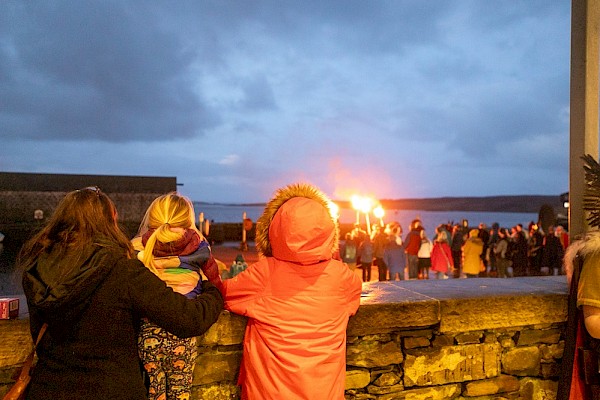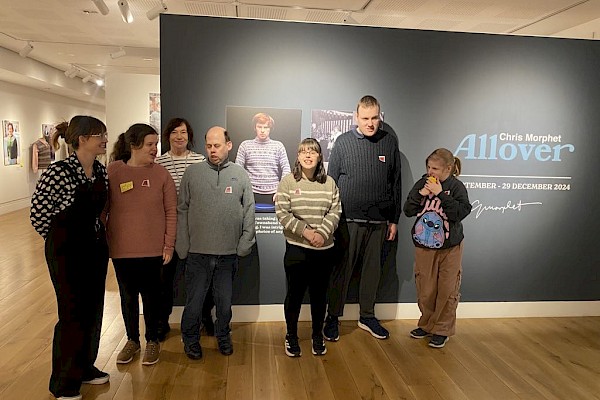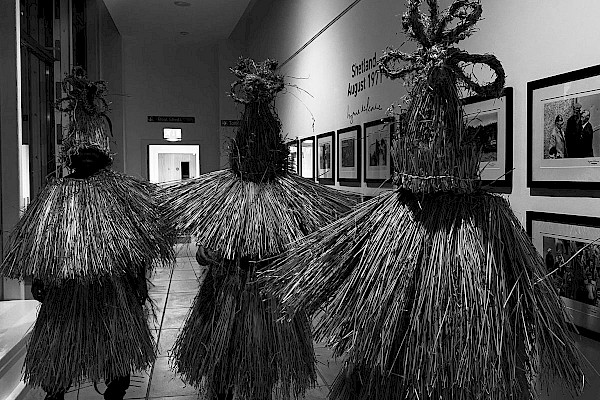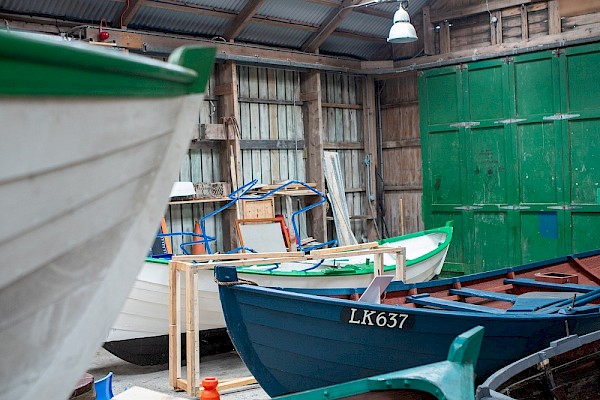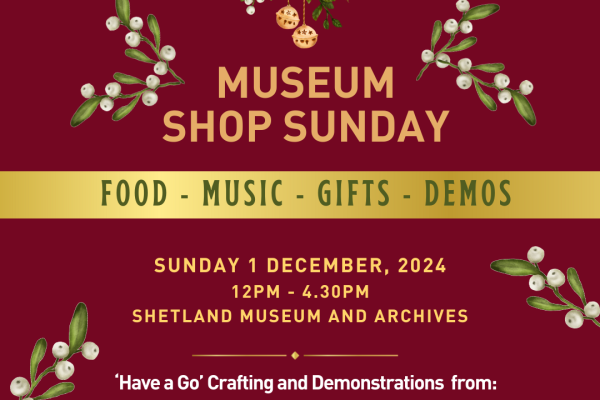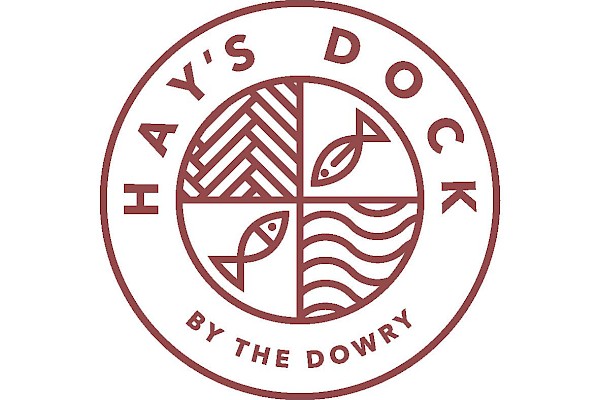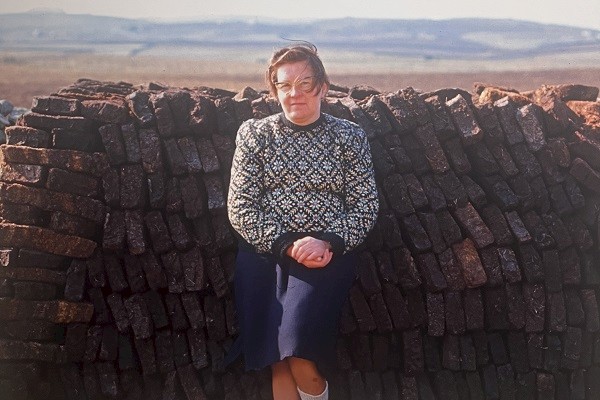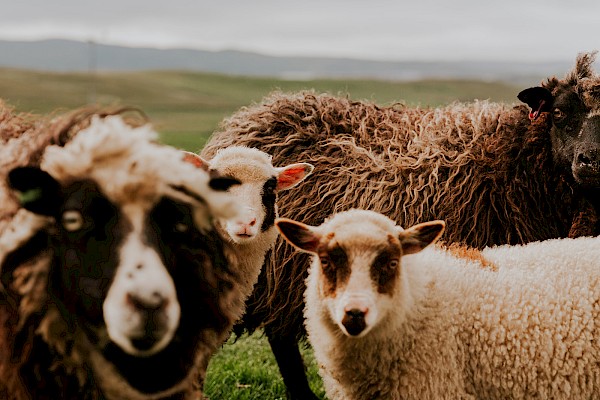Alexander Wallace
A very welcome book came out recently. Developed from a Ph.D., Shetland Boats: Origin, Evolution and Use, by Dr Marc Chivers examines Shetland’s tradition of clinker built small wooden boats. It wasn’t a straightforward study. Shetland boats, used and built by people who left almost no written records, has a history from below, of skills that belonged to strugglers. Our boat builders set little store by plans – so from the era when these boats were at their peak of use there simply aren’t any.
The Shetland boat tradition branches off from an original Nordic one, and Shetland famously imported boats from Norway, the trade dying off in the 1800s. The imagination has worked on this aspect of Shetland over the years, and there’s a popular image of boats being imported Scandi design kit style. IKEA comes to mind. But the story is better and more complicated than that, involving taxes, customs, currency changes, ambitions, and wars. You’ll have to read the book.
The trade with Norway meant that local landowners and merchants had to communicate with traders in Norway. There must have been rich body of written material at one time, and the Archives holds the few remaining fragments. Much of the trade was conducted through two families in Bergen – the Wallaces (who originated in Banff), and the Griegs (who were of Fraserburgh stock). The latter gave the world Edvard Grieg the composer.
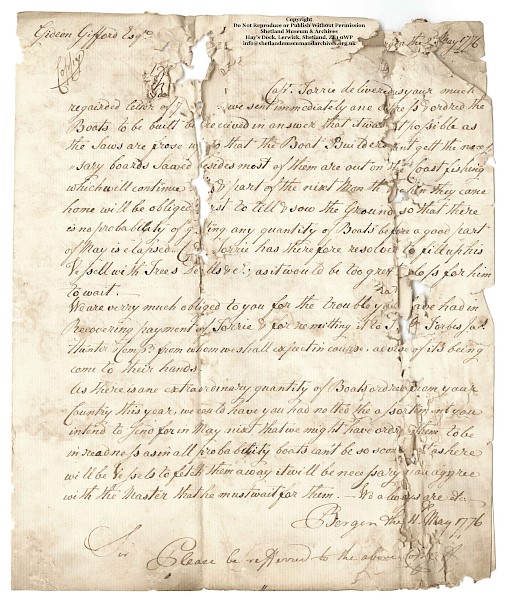
George Wallace of Banff settled in Bergen, and passed on his business to his son Alexander, born in 1711 or 1713, dying in 1788. The archives hold about ten references to Alexander’s trade with Shetland, letters and accounts. His firm supplied all kinds of timber and wooden goods, boats being the most important – 6 sixring boats 17½ foot keill – in 1781. Sometimes there were delays – the saws are frose [froze] up so that the boat builders [c]ant gett the necessary boards sawed – in 1776. That year, despite an extraordinary quantity of boats ordered from your country nothing could be done until May was up.
There were a lot of Scottish merchants like the Wallaces all over Europe in the 1700s, trading with home and beyond, so the Wallace firm traded widely, with some smuggling too. Alexander became a British consul in 1744 after negotiating the freedom of some British sailors held by the French. He supplied intelligence about the movements of French shipping, and on the Jacobites. Shetland was only a small part of what the Wallace enterprise did, alongside Alexander playing a part in the great game of European war and politics.
The other prominent firm, the Griegs, had a long association with the Hay family, not just in boats and timber, but in smuggling gin when France closed the continent to Britain. It’s with Hay and Company that the curtain falls on the trade in 1872, with a communication from Hay and Co., to Alexander Grieg. A lot had changed since Alexander Wallace had made his remarks about the quantity of boats Shetland needed. Perhaps these words were written to echo of the work going on around the site we now occupy.
…the trade in boats here has quite changed of late years, and we are therefore unable to take advantage of your kind offer. No boats can be sold here now except those built by our own workmen …
Again, you’ll have to read the book to find out more.
A copy of 'Shetland Boats' is available from the Shetland Museum and Archives shop.
